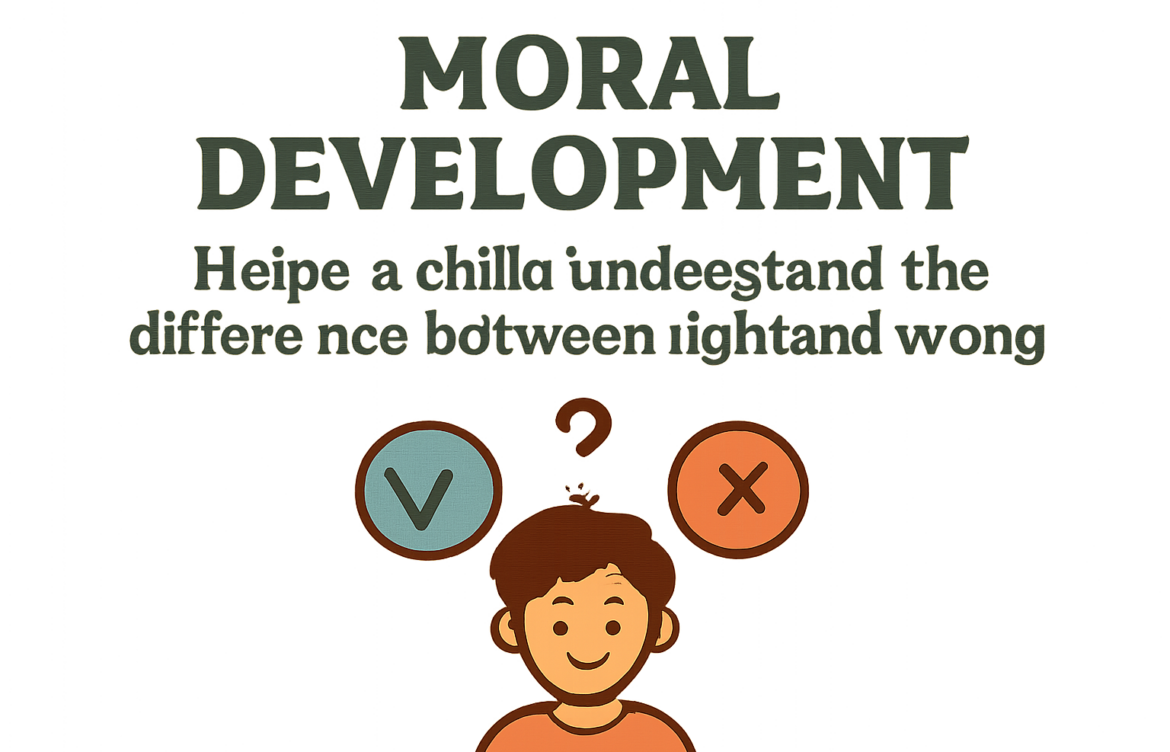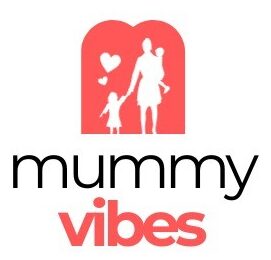
which area of development helps a child understand the difference between right and wrong?
Understanding the difference between right and wrong is a key milestone in childhood development. Parents, teachers, and caregivers often wonder: which area of development helps a child understand the difference between right and wrong? The answer centers on moral development, but several related factors also influence how children learn about rules, consequences, and ethical behavior.
Moral Development: The Core Area
At its heart, moral development is the main area that shapes a child’s understanding of right and wrong. This area covers how children acquire values, attitudes, and behaviors that align with societal expectations. The process is gradual, typically following a sequence as children mature. Influential theories—such as those from Jean Piaget and Lawrence Kohlberg—suggest that children move through various stages of moral reasoning. Early on, kids focus on avoiding punishment. Over time, they grow to consider intentions, fairness, and empathy.
Social and Emotional Growth: Supporting Roles
Moral development doesn’t happen in isolation. Social development plays a strong supporting role. As children interact with others, they learn to consider different viewpoints. Sharing, taking turns, and resolving conflicts are ordinary activities that foster an awareness of fairness and justice.
Emotional development links closely, too. Emotional skills like empathy help children recognize how their actions affect others. When a child understands that hurtful behavior causes real pain, grasping why something is “wrong” becomes a lived experience—not just a rule to follow.
Cognitive Development and Decision-Making
Cognitive development also contributes. As children grow older, their thinking becomes less egocentric and more logical. This shift allows them to weigh evidence, judge situations for themselves, and apply rules flexibly. Critical thinking connects moral lessons to real-life situations, enhancing a sense of right and wrong beyond blind obedience.
Influences Beyond Developmental Areas
While the primary answer to which area of development helps a child understand the difference between right and wrong is moral development, influences from family, culture, and environment shape the experience. Consistent role models, clear rules, and open conversations at home reinforce ethical growth. Stories, group games, and age-appropriate discussions at school help children test and refine their understanding.
Practical Tips to Support a Child’s Moral Development
- Model honesty and fairness in daily life
- Set clear, consistent expectations for behavior
- Offer reasons for rules, not just commands
- Encourage empathy—ask how others might feel in a situation
- Discuss moral dilemmas through stories or simple “what would you do?” questions
Pros and Cons of Focusing on Moral Development
Focusing on moral development helps children become responsible, empathetic adults. It leads to stronger relationships and fewer behavioral issues. On the downside, pushing moral lessons too early or abstractly can confuse children who aren’t ready for complex reasoning. Each child develops on their own timeline, so patience and adaptability are key.
Final Thoughts
Ultimately, if you are wondering which area of development helps a child understand the difference between right and wrong, look first to moral development. Still, remember this skill is supported by a mix of social, emotional, and cognitive growth. Foster a supportive environment, model ethical behavior, and engage in open conversations—these steps help children navigate the path from following rules to understanding them.
